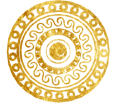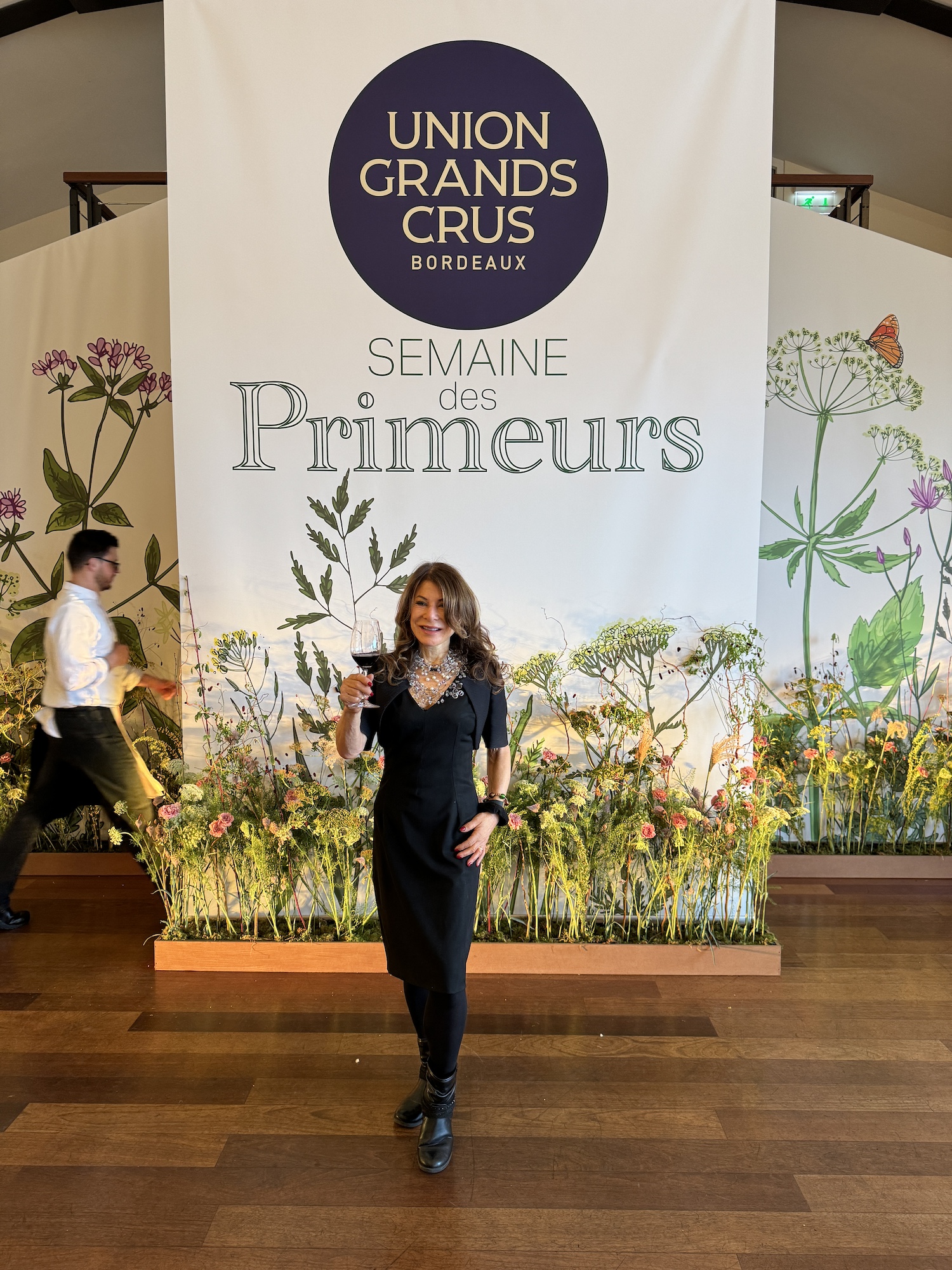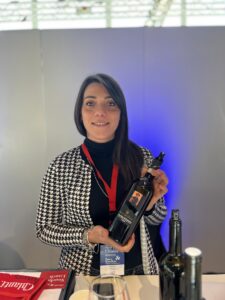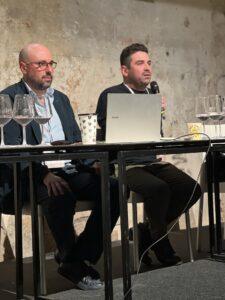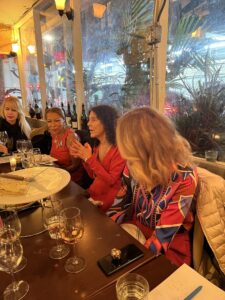Bordeaux En Primeur Week
En Primeur: A Tale of Negociants, Courtiers, and Bordeaux Excitement
The world-renowned En Primeur campaign, also known as wine futures, has become an integral part of the Bordeaux wine trade.
Organized by the Union Des Grands Crus de Bordeaux, Each year, wine enthusiasts, collectors, and industry professionals eagerly await the release of the latest vintage, hoping to secure their share of the most sought-after wines.
En Primeur
The world-renowned En Primeur campaign, also known as wine futures, has become an integral part of the Bordeaux wine trade. You could see members of the trade from around. the world at the opening party at Chateau Leoville Poyferre.
Each year, wine enthusiasts, collectors, and industry professionals eagerly await the release of the latest vintage, hoping to secure their share of the most sought-after wines.
But how did this system come to be?
The answer lies in the fascinating history of Bordeaux’s negociants and courtiers.
The En Primeur system traces its roots back to the 18th century when Bordeaux’s wine trade was dominated by negociants. These merchants acted as intermediaries between the chateaux and the buyers, purchasing wine in bulk and then selling it to customers around the world.
However, the negociants faced a challenge: they needed to generate excitement and demand for the wines they had purchased, often before the wines were even bottled.
To overcome this challenge, the negociants turned to the courtiers, who served as brokers between the chateaux and the negociants. The courtiers had an intimate knowledge of the wines and the market, and they used this expertise to help the negociants drum up interest in the latest vintage.
Tasting the New Vintage
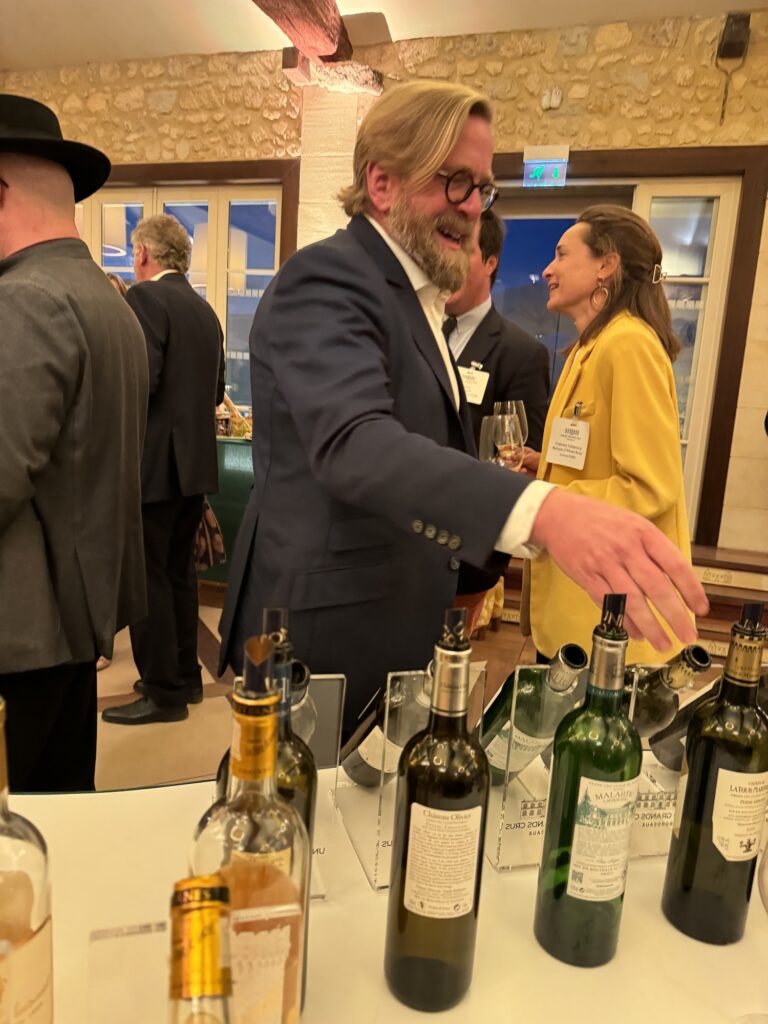
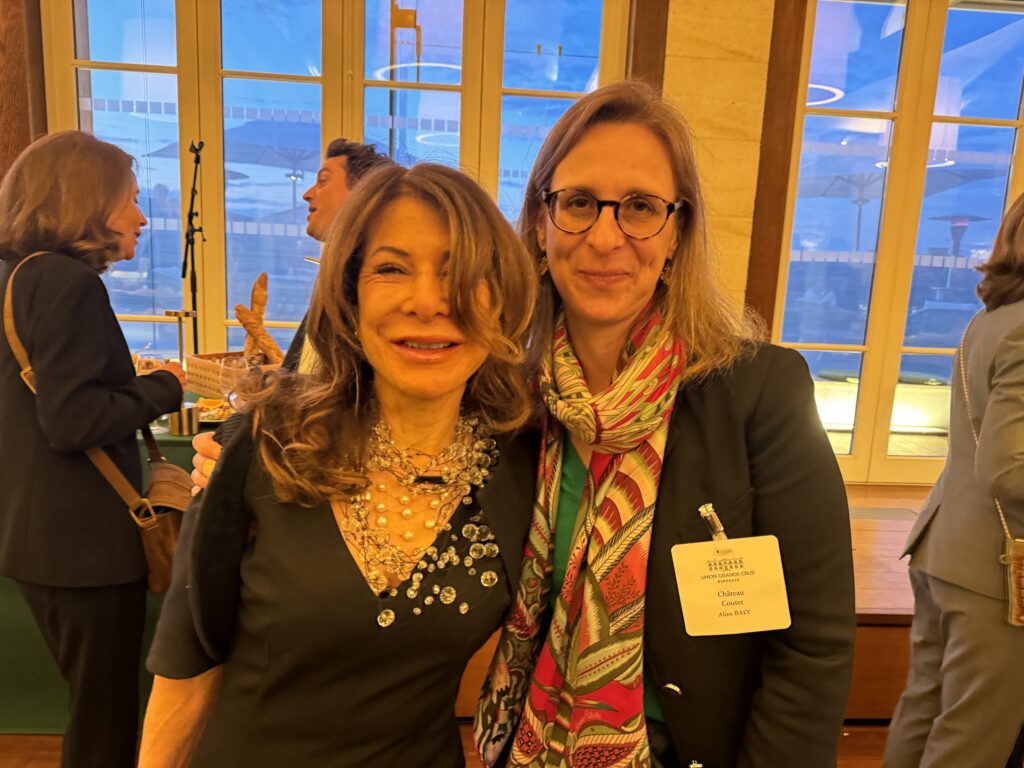
The courtiers would visit the chateaux during the spring following the harvest to taste the young wines still in barrels. They would then share their impressions with the negociants, who would use this information to make their purchasing decisions and set prices.
The negociants, in turn, would offer the wines to their customers as futures, allowing them to purchase the wines at a lower price before they were bottled and released to the market.
This system of selling wine futures proved to be a brilliant marketing strategy. By generating buzz and excitement around the latest vintage, the negociants and courtiers were able to create demand for the wines and secure sales well before the wines were ready for delivery.
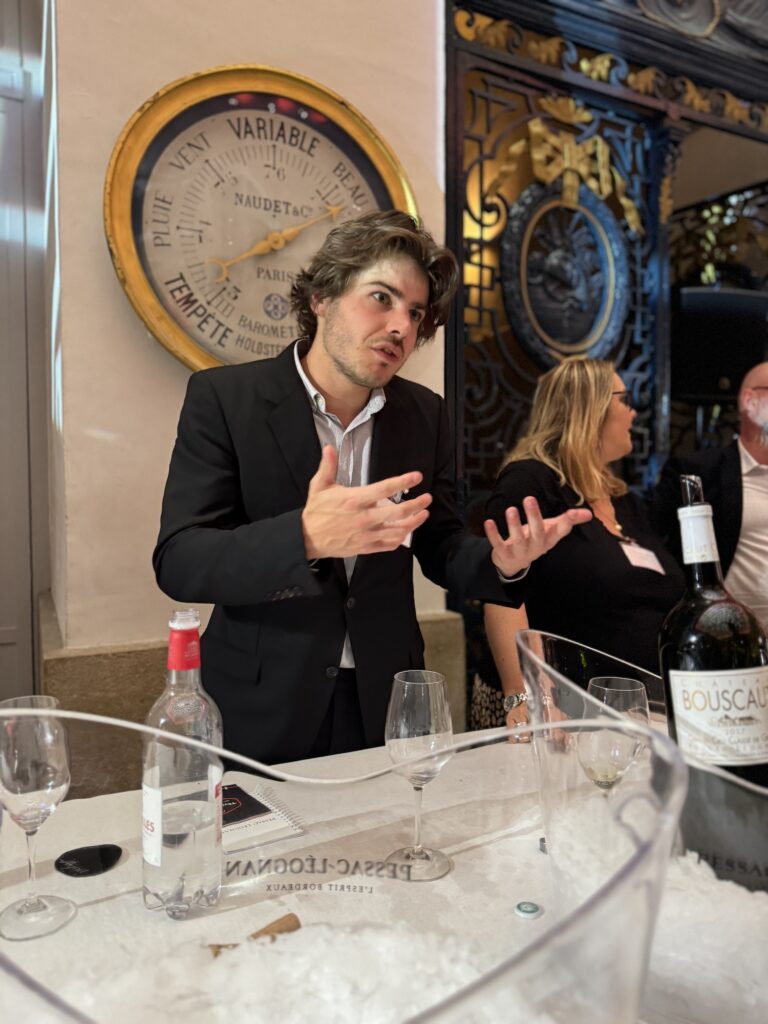
This not only helped the chateaux and negociants manage their cash flow but also gave consumers the opportunity to invest in the most promising wines at a lower price point.
As the En Primeur system evolved, it became an increasingly important event in the wine world. Critics and journalists would join the courtiers in tasting the young wines, and their scores and reviews would further fuel demand for the top-rated wines. The En Primeur campaign became a frenzy of activity, with buyers scrambling to secure their allocations of the most highly sought-after wines.
Today, the En Primeur system remains an essential part of the Bordeaux wine trade, although it has undergone some changes in recent years.
Bordeaux Culture
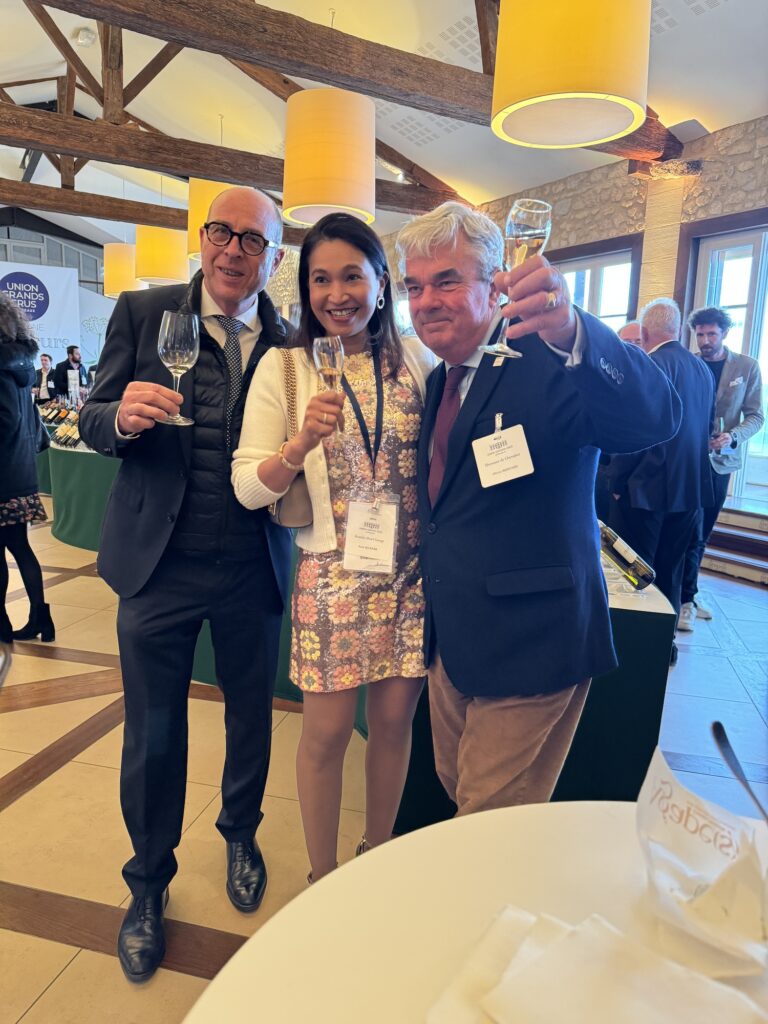
Bor
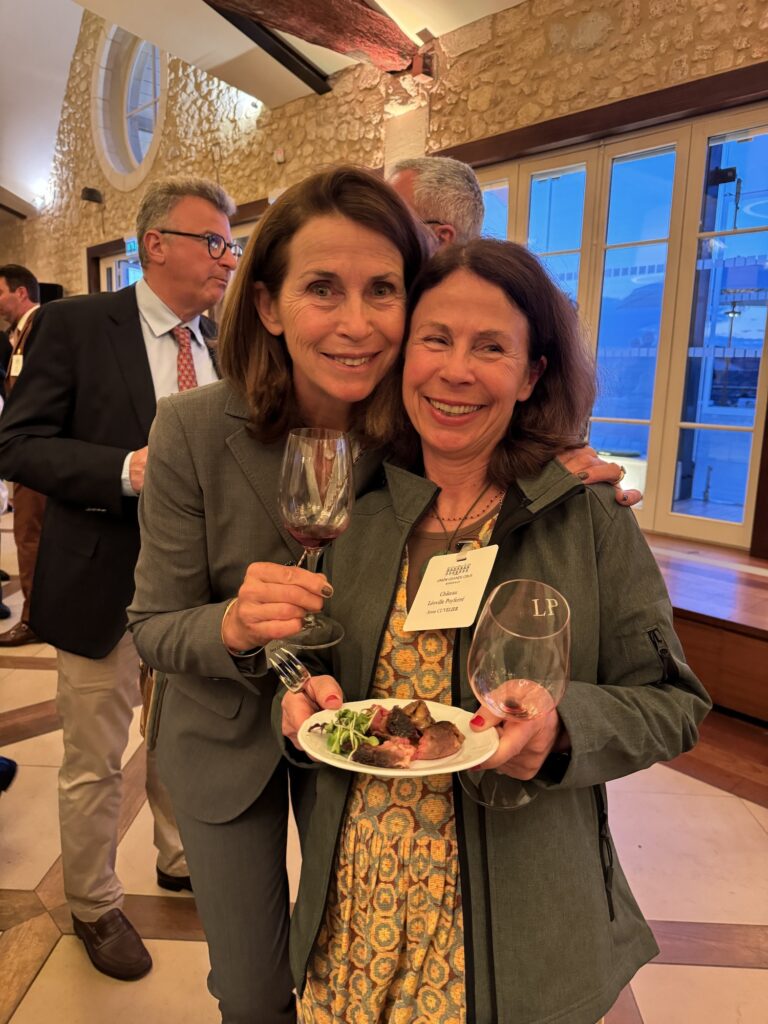
As a journalist first attending in 2011, the En Primeur campaign over the years has allowed me to meet many of the chateau owners in their homes. observe their vineyards, and taste and rate their wines.
During some early years of En Primeur, I was invited to lodge with key producers in their chateaux. This provided the opportunity to write spotlight articles on them, and also develop a richer sense of the culture that shaped Bordeaux.
New Bordeaux Trends: Tourism and Social Media
Outside of wine and evolving winemaking styles, one of the biggest trends in the last several years is a renewed focus on tourism. During the recent En Primeur campaign, almost every producer I spoke with has created guest rooms at their chateaux – or is in the process of doing so.
Though guest rooms can generate income, they also serve as a positive way to brand the region and stimulate wine sales and return visits to the Bordeaux region.
In addition to guest rooms, a few chateaux have created highly branded luxury hotels, such as Smith Haut Lafite with their Hotel Les Sources de Caudalie.
Many chateaux, especially in the Sauternes and Barsac appellations noted for their fine sweet wine, have created food and wine pairing classes for visitors who wish to discover how to pair these fine wines with cuisine. Aline Baly of Chateau Coutet is one of the founding chateaux to create these classes. And at Chateau Carbonnieux in Pessac-leognan, their tasting events have evolved to “carbon neutral” walks around the vineyard.
(You can click here for an article I wrote for the World of Fine Wine, about how to pair Sauternes with cuisine, as well as its history).
Bordeaux: Climate Change
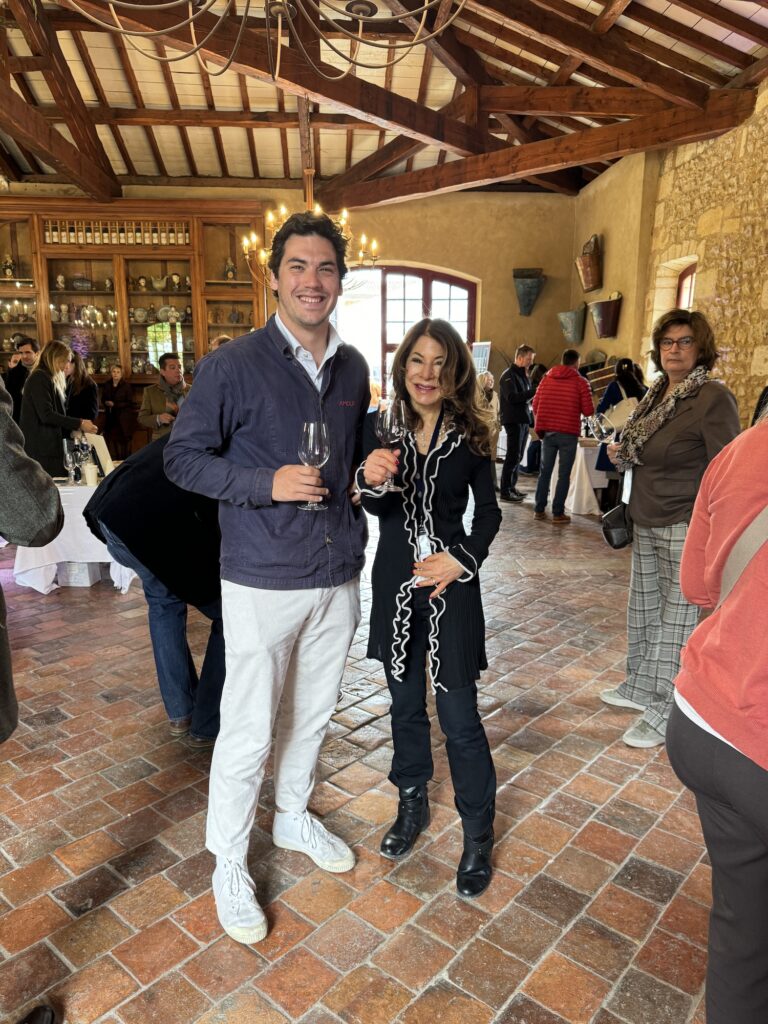
You will discover many changes in the last ten years in the way the top Chateaux plant, pick, blend, and sell their wine. Some of these changes are due to climate change (which can affect the percentage of grapes in a blend) and other changes due to changing consumer preferences.
Through changing times, the En Primeur system remains a testament to the unwavering commitment of Bordeaux’s wine professionals in producing and promoting the region’s outstanding wines.
